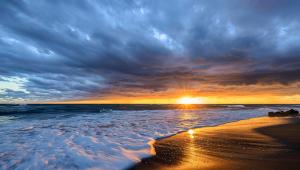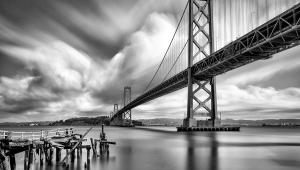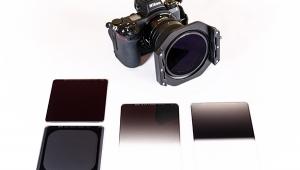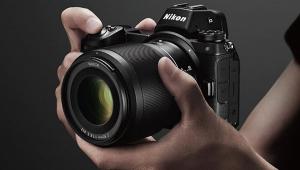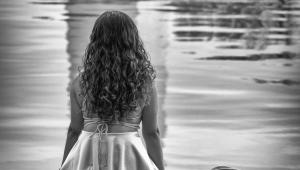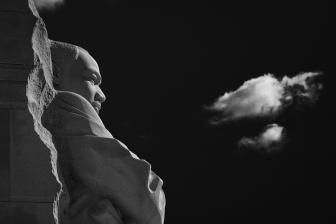Two for the Road: Why You Only Need ONE Camera & ONE Lens for Great Travel Photography

(Editor's Note: You can read "On the Road" columnist Deborah Sandidge's other columns here.)
This will probably surprise you, but for someone writing about the advantages of heading out with one camera and one lens, I mostly don't do that. As a professional photographer who emphasizes travel images and loves to apply special techniques, I most often carry a rather full kit of lenses and a back-up DSLR, plus filters and a tripod.
Once in a while I even carry a third DSLR—the one I've had modified for infrared photography. But not always. There are times when just one camera and one lens is exactly what I need for easy-does-it, creative image-making.
Just how easy and creative has a lot to do with the lens. It has to be as close to all-inclusive as I can get, and impressive in what it can do. My choice is a 28-300mm zoom.
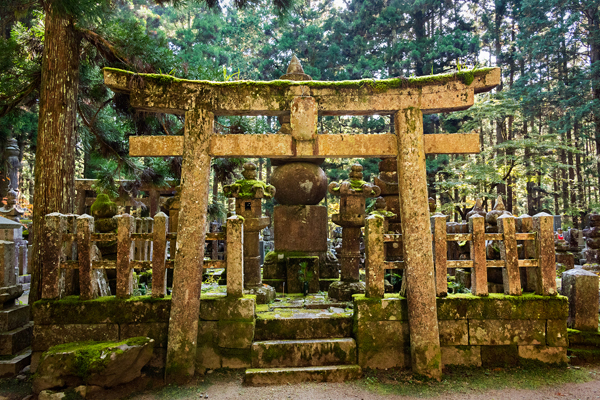
The Notebook Lens
I'm sure every photographer has a designated "walking around" lens, and my 28-300mm is for those days when all I want to do is walk around, observe, explore, and of course take some pictures. The 28-300mm is a one-lens wonder with which I can shoot close-ups, details, wide-angle views and isolate subjects to draw viewers' attention to what I want them to see.
I've had the lens since 2010—it's so beat up, you can't read the numbers and letters on it anymore—and I bought it because it was small, light, sharp, and versatile. It was called "the street sweeper"—it could do everything. All it took for me to really get a handle on what it could do for my kind of photography was to use it a few times.
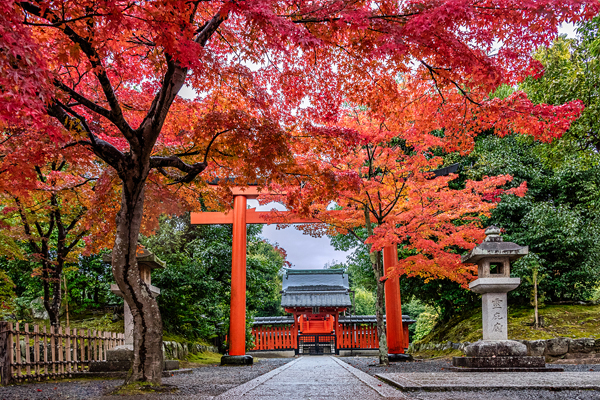
Sometimes I'll carry it when I'm scouting locations for photos I'll want to shoot in the light of early morning or during the blue hour of twilight. Very often the 28-300mm is not the lens I'll want to use for those photos.
I'll see something promising, take a photograph with the 28-300mm, but I'm thinking, I really need the 16mm fisheye for this. At those moments the pictures I take with the 28-300mm are visual notes for what will come later.
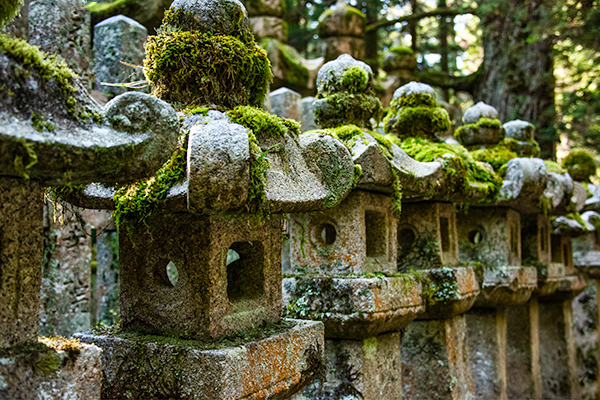
On Tour
The photos in this story were taken with the 28-300mm a few years ago during a photo tour I was leading. The images were examples for the tour participants, along the lines of "Here's an idea you can try."
While they were doing their own exploring and photographing, I'd grab a few wide shots, long shots and details to show them what was possible. As you can imagine, I needed to move and shoot fairly quickly with a lens that could capture a variety of views.
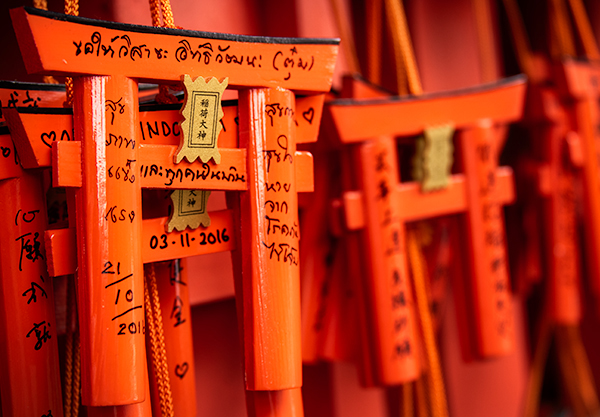
The one-camera, one-lens advantage for me on the tour was that I would never be holding anyone up, and for that advantage to work for you in any situation, I suggest you be very familiar with what your choice of versatile zoom can do along the range of its focal lengths. Familiarity breeds quickness—and confidence.
An Added Attraction
The one-camera, one-lens method keeps you from being gear bound—I've seen people miss shots while they were deciding what lens to use or were busy fitting the lens they chose onto the camera. It can also make you a more observant, creative and resourceful photographer.
How creative and resourceful? Not long ago I heard the story of a photographer who took along one DSLR and two lenses—a 10-24mm and a 16-80mm—on his vacation to Rome, Florence, and Venice.
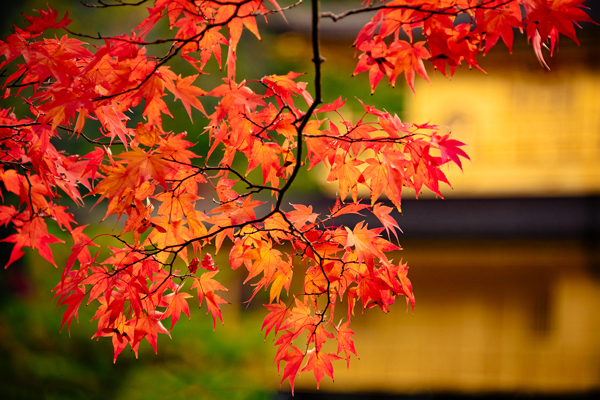
On the very first day a mishap rendered the 16-80mm useless. So, there he was, with three of the world's most photogenic cities on his itinerary and only a 10-24mm zoom at hand.
He could have called home and had a well-padded FedEx box in his hands the next day. Or he could have popped into a camera shop in Rome and walked out suitably lensed up.
But no way, not this guy. He took it as a personal challenge to turn limitation into achievement, and with a combination of creative composition and much zooming with his feet, he came home with admirable, storytelling photos that never hinted at the fact they were all taken with a lens of...well, let's call it "limited reach."
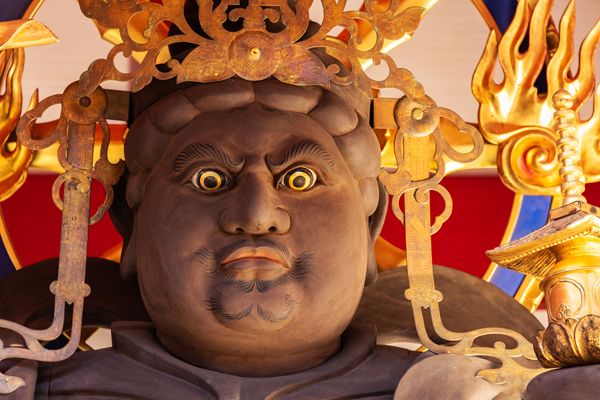
That's an extreme example, of course. The 10-24mm isn't the lens you'd choose to be your walking around glass, but the story proves a point that most pro shooters know: photography is pretty much equal parts good ideas, imaging skill and problem-solving ability.
And a good idea for the family reunion, the one-day trip to the zoo, the park, or the 4th of July parade—or maybe leading your own photo tour —is one camera, one lens, and a keen eye for the possibilities.
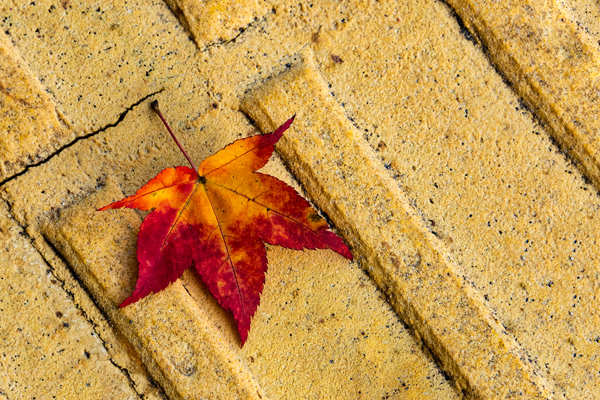
Check out Deborah Sandidge's photography, cinemagraphs, and time-lapse videos at deborahsandidge.com, where there are also photo tips and a schedule of upcoming workshops, photo tours, and seminars.
